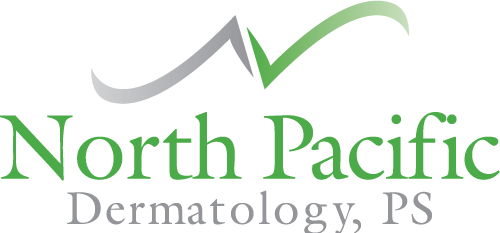How Levulan PhotoDynamic Therapy Can Save Your Life
Photodynamic therapy might not be a brand new treatment in the world of cosmetic dermatology, but it is making waves as a skin cancer treatment. Want to know a bit more about photodynamic therapy and how it could end up saving your life? Here’s a little bit more information for you.
What to Know About Photodynamic Therapy
What Is Photodynamic Therapy?
Photodynamic therapy, also known as PDT, is a form of light therapy that’s commonly used as a skin cancer treatment. This treatment makes use of photosensitizing agents. Combined with light, these agents work to eliminate the presence of cancerous cells. One of the most important things to note is that the photosensitizing agents used for this treatment are only activated when a certain type of light is used. In most cases, this light will take the form of a laser or LED. This treatment is an outpatient procedure, and it’s typically used in tandem with other cancer treatments such as Mohs surgery or radiation therapy.
What Are the Pros of Photodynamic Therapy?
Photodynamic therapy can treat multiple types of skin cancer. In addition, there are no long-term side effects when photodynamic therapy is applied properly. As we mentioned above, this treatment is also performed as an outpatient procedure. Not only does that mean you don’t have to stay in the hospital, but it also means that you’ll be in and out of your procedure without taking a large chunk of time out of your day or week. One of the biggest benefits of photodynamic therapy is how precise it is. PDT is similar to Mohs in this way because it allows doctors to target and destroy very specific cells without damaging any surrounding healthy tissue. Finally, this form of cancer treatment is typically more cost effective than more traditional methods like surgery or chemotherapy.
What Are the Limitations of Photodynamic Therapy?
Like any cancer treatment, photodynamic therapy isn’t without its limits. The first and most important limitation that you need to be aware of is that PDT is only effective in areas where light can reach. This means it’s an excellent choice for surface-level skin cancer, but not so much for cancers that have grown deeper into other organs or beneath the skin. In addition, the photosensitizing agents can leave the skin with light sensitivity for a certain period of time post-procedure. This means patients need to be extremely careful about sun exposure once they’ve finished their treatment. While there aren’t too many limitations, it’s still important to understand the actual scope of what this treatment can do for you before investing.
What Types of Cancer Can Photodynamic Therapy Treat?
As we mentioned earlier, photodynamic therapy is a great treatment option for certain types of skin cancer. Cancers like basal cell carcinoma and squamous cell carcinoma, for example, are both excellent candidates for PDT treatment. A skin cancer diagnosis like melanoma, on the other hand, might be a little bit trickier. Since melanoma spreads quickly and can grow deep into the skin tissue, it’s possible that photodynamic therapy might not be able to treat the full extent of the cancerous growth without being used in combination with a procedure like Mohs.
If you’re worried about early signs of skin cancer and need to set up a skin cancer screening, contact our team at North Pacific Dermatology to set up an appointment today.
